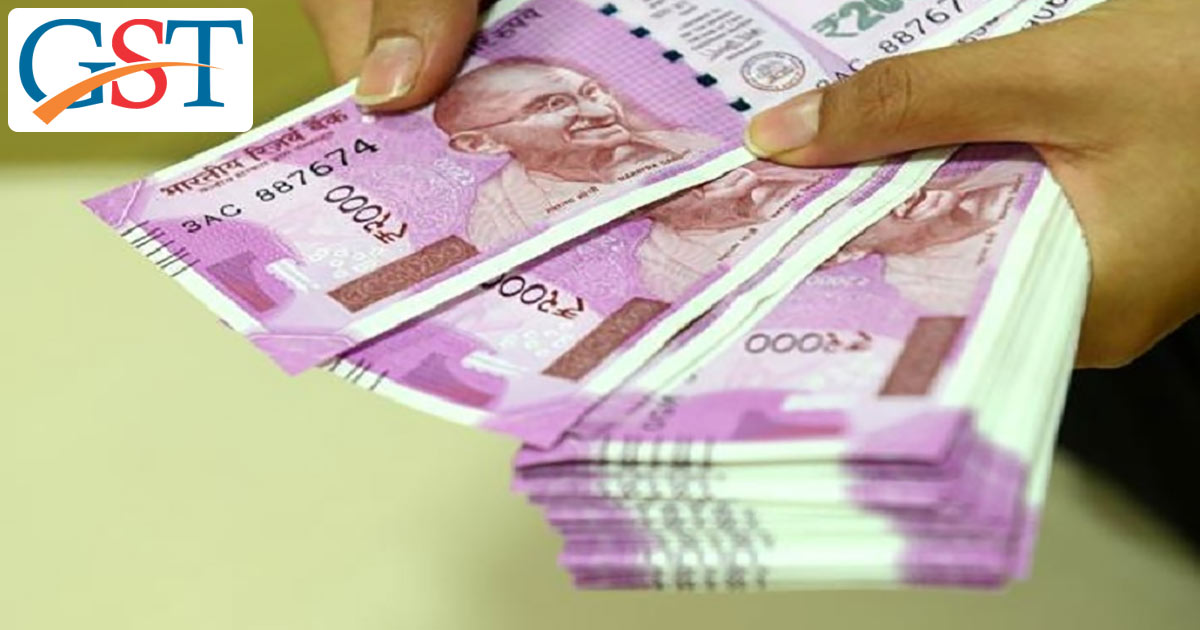Tax authorities in India are in the trouble with the 34,000 crores goods and service tax collection whereas the government is thinking it as tax evasion done by the taxpayers.
Primary investigation of return filed in GST network between July and December has implied that the range of unregistered tax liability could be approximately 34, 000 crores.
The issue was raised at the Saturday in the 26th council meeting and the authority said that the notices may get issued to the traders and businessmen who have shown different accountability in GSTR-1, which is generally utilized for data purpose now, and GSTR-3B. A source told that the issue is to focus on those traders or businessmen who have shown a wide difference in the two filings. In this situation, details of the “suspect” will be shared with the states for activity in the wake of examining subtle elements of individual taxpayers.
Even so, this is not the only part of uncertainty, customs authorities also disclose that in various cases, the estimation of the imported products was appeared to be lower than the original rate. As the official explained, if the value of the mobile phone is Rs 10,000 then in the record then the value will be shown as Rs, 7000 in the form. All this is to be done by the taxpayers to pay lower GST at every stage of the sale process, suspected by the authorities.
GST collection has stayed quiet as the government has failed to execute various of the planned anti-evasion measures. For example, invoice matching to track the estimation of sales and buys or e-way bills to monitor the movement of goods from industrial unit to the showrooms.
Officials also said that the variation in the figures also get detected as the taxpayers did not expect from the government to tally the GSTR-1 and GSTR-3B forms. These forms include the detailed information of the payment based on the input tax credit and they have also use the balance sheet of the previous year.
Tax expert, however, said that there could be the valid reason for the different figures as at that time of payment of tax, the input tax credit gathered over the months is utilized, alongside the present time period.
Apart from this, many details are not provided while submitting the GSTR-1 form, which is basically like a sales register where invoice details to enter.
A division under the central board of excise and customs too advised alert saying that there is the need to read the information more carefully, as many warnings have been raised in the past as well, yet it did not provide many outcomes.
A senior official said that “Physical copies of the returns need to be compared to ascertain the reasons for the difference.”
Whereas, a tax consultant said that, the comparison of revenue figures from the returns filed would provide pointers to cases of underpayment of GST in terms of the increased focus on analyzing the data patterns emerging from the various GST returns filed by businesses.










